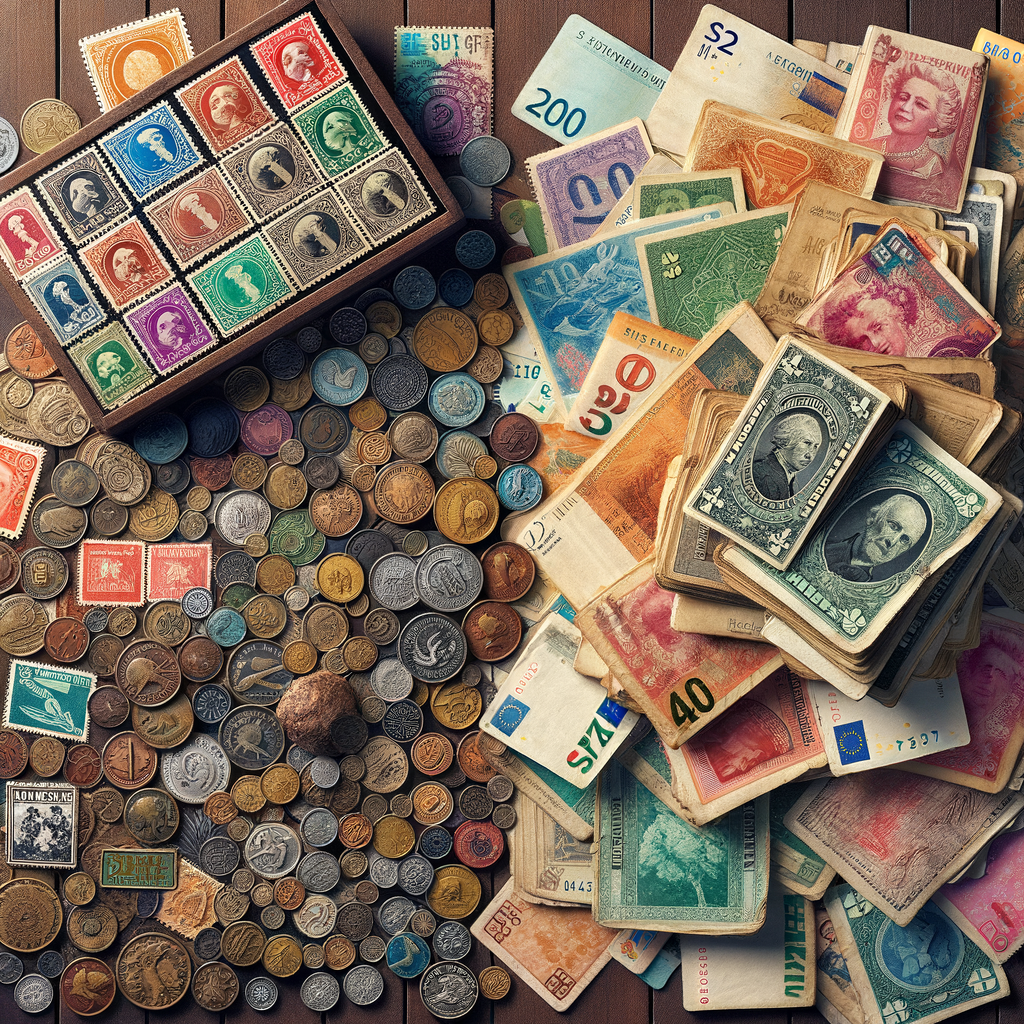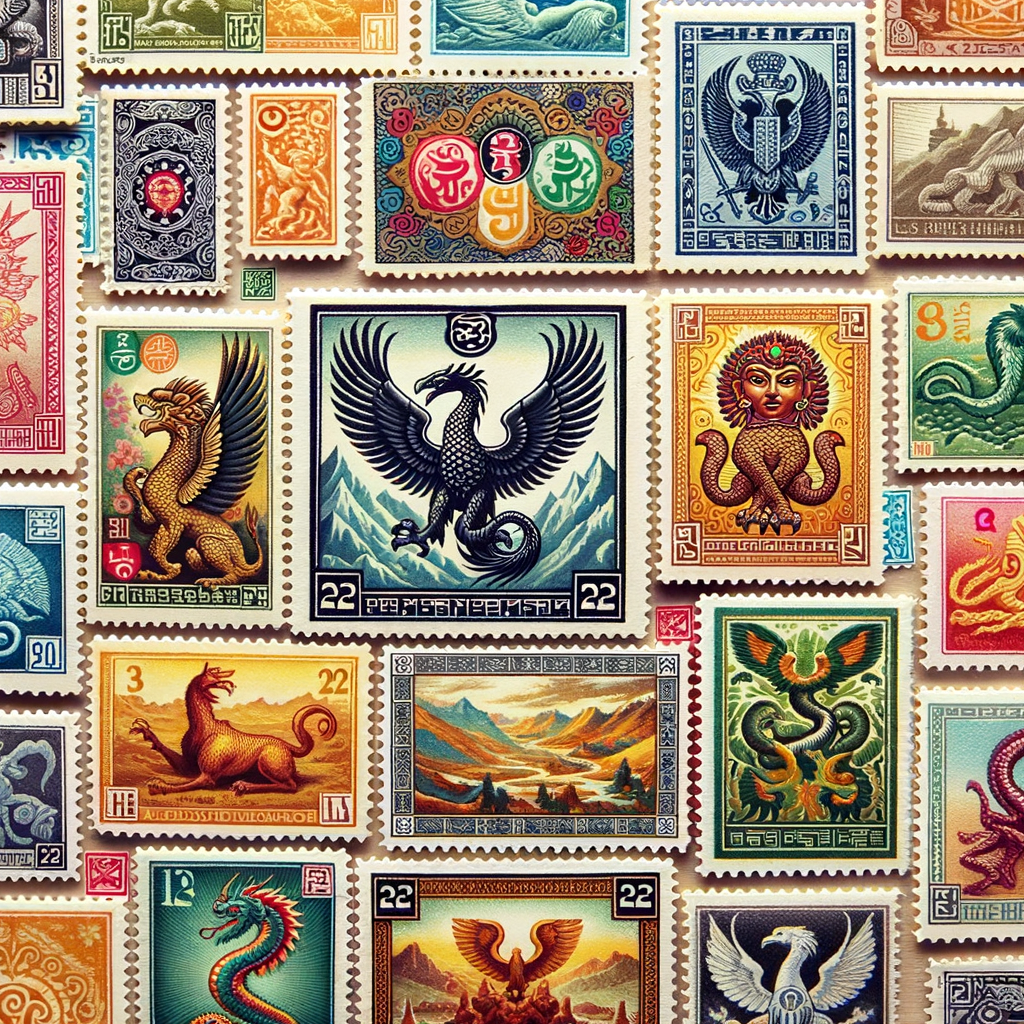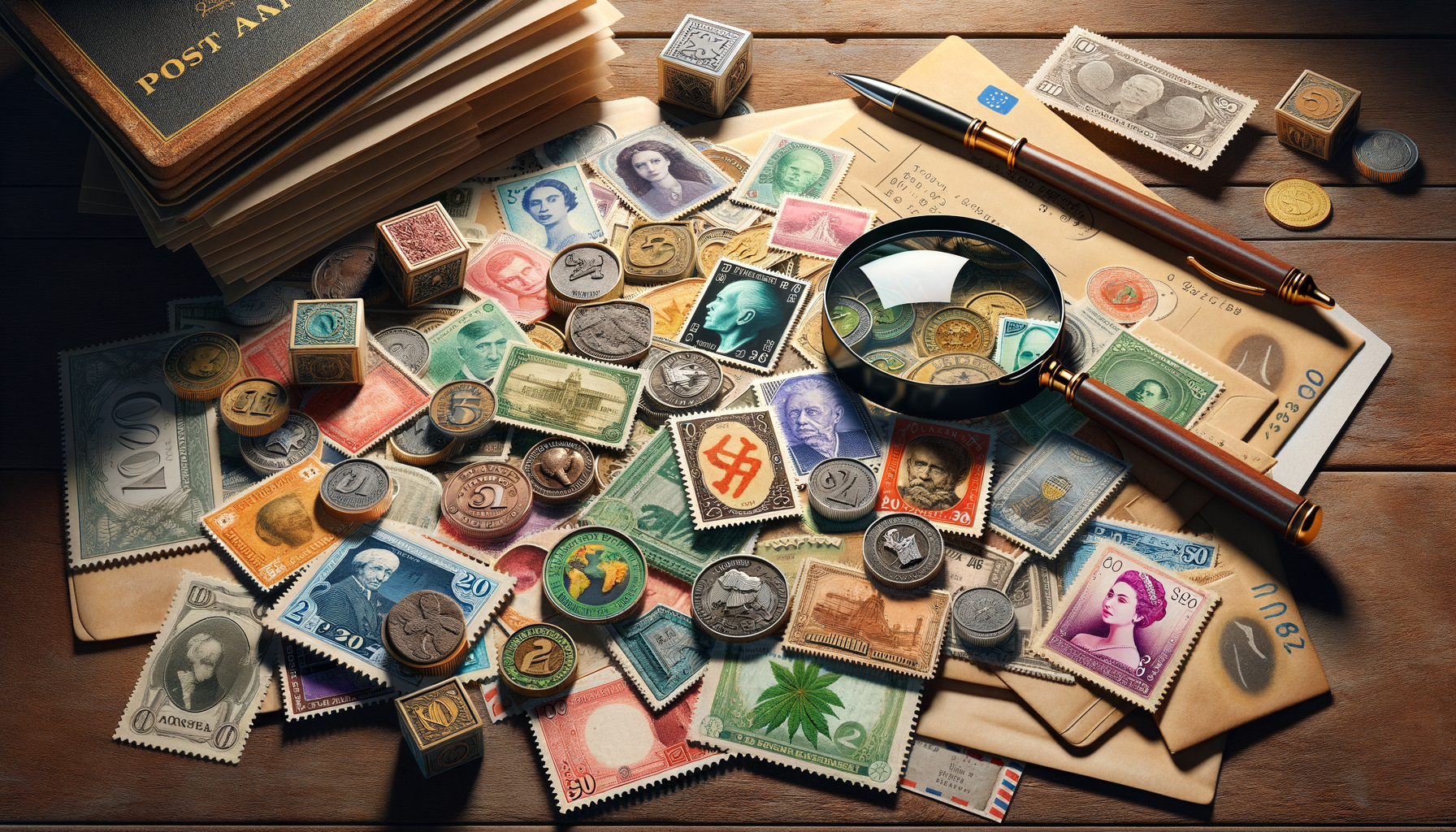In short, postage stamps are like money in that they can hold a monetary value. They serve as proof of prepayment for postal services. Issued by governments, stamps bear a face value indicating their worth. This face value is essential for determining the cost of mailing items. However, the question arises: Are postage stamps like money?
Intrinsic and Extrinsic Value
The intrinsic value of a postage stamp lies in its ability to facilitate mail delivery. This value is fixed and determined by the issuing authority. On the other hand, stamps also possess extrinsic value. This value is influenced by factors such as rarity, age, and condition. Collectors often seek stamps with unique designs or historical significance. These stamps can fetch high prices in the philatelic market.
Stamps have been indispensable in global communication. They enable the exchange of letters and packages across vast distances. Before digital communication, stamps were the primary means of connecting people worldwide. They ensured that messages reached their intended recipients. This role underscores the importance of stamps in everyday life.
Governments are responsible for issuing and regulating postage stamps. Each stamp is backed by the authority of the issuing country. This backing ensures that stamps are accepted for postal services. The design and production of stamps are carefully controlled. This control maintains the integrity and security of the postal system.
Face Value and Worth

The face value of a stamp is its nominal worth. It indicates the prepaid amount for postal services. However, the actual worth of a stamp can vary. Collectors may pay more than the face value for rare or desirable stamps. This discrepancy raises the question: Are postage stamps like money? While they share some characteristics, stamps are not legal tender. They cannot be used to settle debts or purchase goods and services.
Collectible Value
The collectible value of stamps is significant in the philatelic community. Stamps are often collected for their historical and artistic merit. Some stamps become valuable due to printing errors or limited production. These factors contribute to their desirability among collectors. The philatelic market thrives on the trade and sale of such stamps.
Stamps as Investments
Some individuals view stamps as a form of investment. Rare and valuable stamps can appreciate over time. This appreciation depends on market demand and rarity. Investors may purchase stamps with the expectation of future profit. However, investing in stamps requires knowledge and expertise. The market can be volatile and influenced by various factors.
Using Stamps as Currency

Throughout history, postage stamps have occasionally served as a substitute for currency. This phenomenon often occurred during periods of economic instability. In such times, traditional currency was scarce or unavailable. Communities and governments turned to stamps as a temporary solution.
One notable instance occurred in the 19th century. During the American Civil War, coin shortages plagued the economy. In response, the United States government authorized the use of postage stamps as currency. These stamps were affixed to small pieces of paper, known as “stamp money.” This temporary measure helped alleviate the shortage of coins.
Another example took place in Germany after World War I. Hyperinflation rendered the German mark nearly worthless. In response, some localities issued postage stamps as emergency currency. These stamps were used for everyday transactions, such as buying groceries. This practice continued until the economy stabilized.
Stamps in Isolated Communities
In isolated communities, stamps have also functioned as currency. Remote areas with limited access to traditional money sometimes relied on stamps. These stamps facilitated trade and commerce within the community. For instance, during the 1930s, some Canadian towns used stamps as a form of local currency. This practice was particularly common in regions with limited banking services.
Stamps as a Temporary Solution
The use of stamps as currency was typically a temporary measure. It addressed immediate economic challenges but was not a long-term solution. Once the economy stabilized, traditional currency resumed its role. The temporary use of stamps highlights their adaptability in times of need.
Government Involvement and Regulation
When stamps were used as currency, government involvement was crucial. Authorities often regulated the issuance and use of stamps as money. This regulation ensured that stamps retained their value and acceptance. In some cases, governments printed special stamps for this purpose. These stamps were distinct from regular postage stamps.
The success of using stamps as money depended on public acceptance and trust. People needed confidence in the value and authenticity of stamps. This trust was often bolstered by government backing and regulation. In many cases, stamps were accepted for small transactions. Larger transactions typically required traditional currency.
Despite their use as currency, stamps had limitations. They were not suitable for large transactions or long-term savings. The value of stamps could fluctuate, affecting their purchasing power. Additionally, stamps were vulnerable to damage and wear. These limitations underscored the need for a stable and reliable currency system.
Comparing Stamps to Legal Tender

The question “Are Postage Stamps Like Money?” invites a comparison between stamps and traditional currency. Both serve specific purposes within their respective systems. However, they differ in several fundamental aspects.
Government Backing and Issuance
Both postage stamps and money are issued by governments. This issuance ensures their legitimacy and acceptance. Stamps are produced by postal authorities, while money is issued by central banks. Government backing provides confidence in their value and authenticity. However, only money is recognized as legal tender for all debts.
Acceptance and Use
Money is universally accepted for transactions and debt settlement. It serves as a medium of exchange, a unit of account, and a store of value. In contrast, stamps are primarily used for postal services. They are accepted as payment for mailing items but not for general transactions. This limited acceptance distinguishes stamps from traditional currency.
Ability to Store Value
Money is designed to store value over time. It allows individuals to save and accumulate wealth. Stamps, while collectible, do not serve this purpose in the same way. Their value can fluctuate based on market demand and rarity. Collectors may invest in stamps, but this involves risk and expertise.
Legal Tender Status
The legal tender status of money is a key difference. Money must be accepted for the payment of debts. This status is enforced by law and ensures its universal acceptance. Stamps do not have this legal status. They cannot be used to settle debts or purchase goods and services.
Money plays a central role in the economy. It facilitates trade, investment, and economic growth. Stamps, while important, have a more limited economic role. They support communication and have value in the philatelic market. Their impact on the broader economy is less significant.
Both stamps and money can be collected and invested in. Rare coins and banknotes are sought after by collectors. Similarly, rare stamps attract interest from philatelists. However, the motivations and risks involved differ. Investing in stamps requires knowledge of the philatelic market.
The comparison between stamps and money highlights their distinct roles. While they share some characteristics, they serve different purposes. Stamps are not legal tender and have limited acceptance. Their value is influenced by factors unique to the philatelic world. Understanding these differences is crucial for collectors and enthusiasts.
Philatelic Market and Collecting

The philatelic market plays a significant role in the economy of stamps. Collectors seek rare and unique stamps, driving demand and value. This market is supported by auctions, exhibitions, and specialized dealers. Philately remains a popular hobby, attracting enthusiasts worldwide.
Some individuals view stamps as a form of investment. Rare and valuable stamps can appreciate over time, offering potential returns. However, investing in stamps requires expertise and understanding of market trends. The philatelic market can be volatile, influenced by factors such as rarity and condition.
Stamps often reflect cultural and historical themes. They commemorate significant events, figures, and achievements. This cultural aspect adds to their appeal and value. Collectors and historians appreciate stamps for their artistic and historical merit.
Stamps also play a role in international trade. They facilitate the exchange of goods and correspondence across borders. Postal services rely on stamps to ensure the smooth operation of international mail. This function supports global communication and commerce.
Stamps maintain a multifaceted role in the modern economy. They facilitate postal services, contribute to the philatelic market, and hold cultural significance. While digital communication poses challenges, stamps retain their value in specific contexts. Understanding their evolving role is essential for collectors and postal authorities.




Leave a Reply